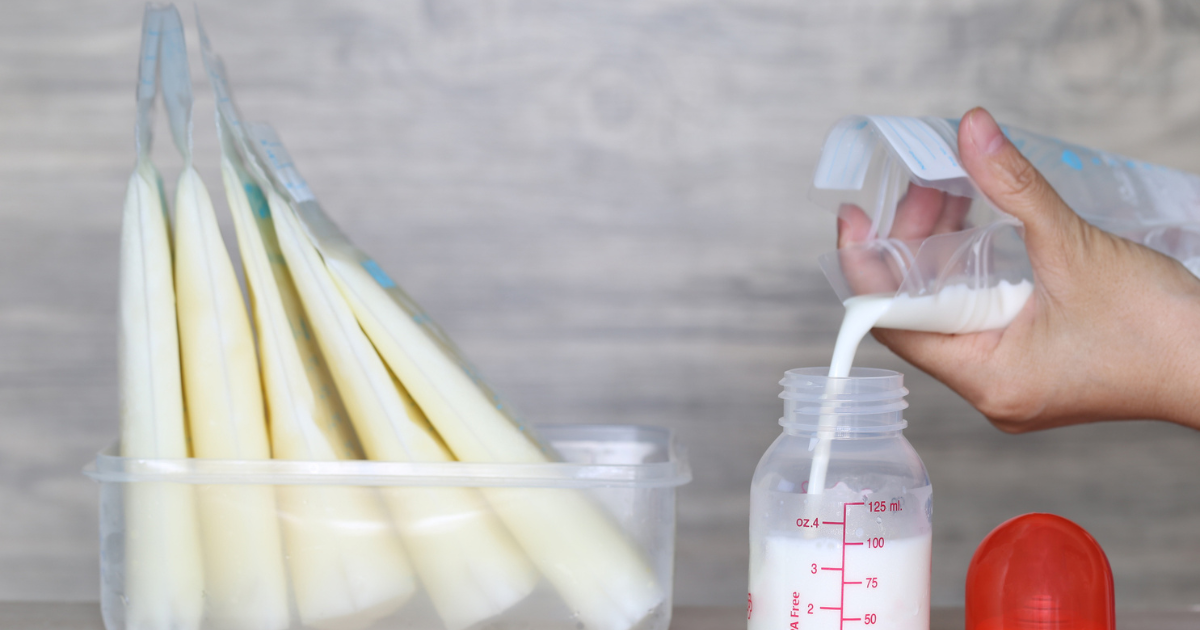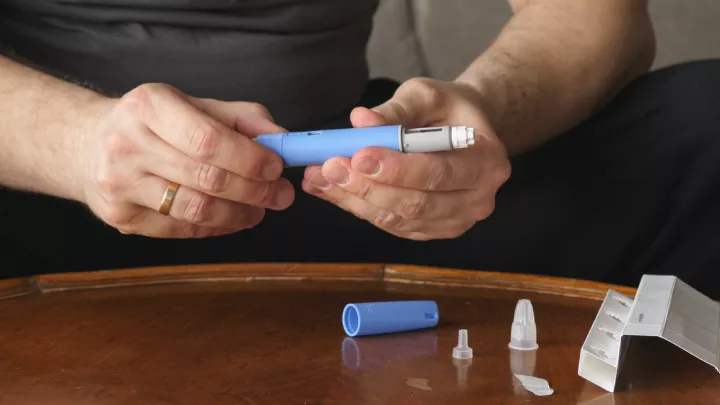13 top tips for storing breast milk

There’s a reason breast milk is often referred to as liquid gold by breastfeeding mothers. Not only does it take time and commitment to breastfeed, but it also has significant nutritional value for baby.
“Just one drop of breast milk contains about 1 million white blood cells to protect baby from infections,” says Kristin McCracken, BSN, RN, IBCLC, Nebraska Medicine lactation consultant.
Breast milk also contains over 1,000 unique proteins, stem cells, fatty acids, more than 200 oligosaccharides, and dozens of hormones, growth factors and enzymes. These breast milk elements all work together to help develop and strengthen your baby’s nervous system, brain, digestive system and eyes.
To give baby the best start, The World Health Organization and the American Academy of Pediatrics recommend breastfeeding for two years and beyond or as long as it is mutually desired, says McCracken.
Many breastfeeding mothers pump their breast milk to keep a steady supply available when they cannot breastfeed.
If you are pumping your breast milk, it’s important to store your milk properly to maintain its nutritional value, says McCracken. McCracken offers these tips for proper storage.
How to store breast milk
- Use within four hours if kept at room temperature and freshly expressed.
- Use plastic breast milk freezer bags, which are sterile and designed to optimize breast milk storage. “These bags can hold up to 6 ounces of milk,” says McCracken. “We recommend storing about 3 to 4 ounces of milk in a bag, which is how much a baby will typically drink in a feeding once they take bottles more regularly. This will help reduce the possibility of thawing too much milk at once.”
- For a more accurate measurement, pump milk into the plastic breast milk bottles usually provided with breast pump kits and then pour it into freezer bags.
- If stored in the refrigerator, use it within four to eight days.
- When storing in a freezer attached to a refrigerator, use milk within six months.
- When storing in a free-standing freezer, use within 12 months.
- Store bags lying flat so you can stack them and use less space in your freezer.
- To prevent temperature changes, store bags in the back of the freezer.
How to thaw breast milk
- Breast milk can be thawed in the refrigerator or under warm water.
- Do not thaw in a microwave; this can cause the milk to heat unevenly and may decrease immunologic factors found in breast milk.
- Thaw breast milk in a bowl to catch any leakage, whether on the counter or in the fridge.
- After the milk is fully thawed, use it within 24 hours to minimize bacteria growth.
Labeling your bags
- If bringing your breast milk bags to daycare, label them with the date it was pumped, your baby’s name and the amount in the bag.
Nebraska Medicine offers educational resources and support for women throughout their breastfeeding journey. Lactation consultants are on hand to answer questions. They are also available for follow-up clinic appointments to address your breastfeeding-related problems. Call 402.559.4500 to schedule an appointment.







